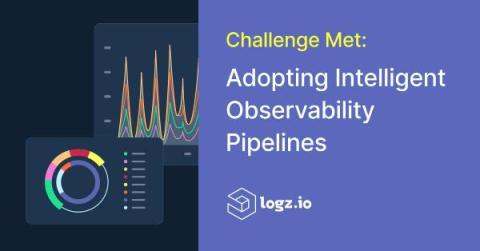PromCon Recap: Prometheus Ecosystem Updates
In the first part of our 2023 PromCon recap, we spent OpenObservability Talks exploring the Perses open source project. We found heavy users of open source Grafana who found themselves grappling with issues arising from managing a vast number of dashboards, and the need to manage dashboards as code in a GitOps fashion.











